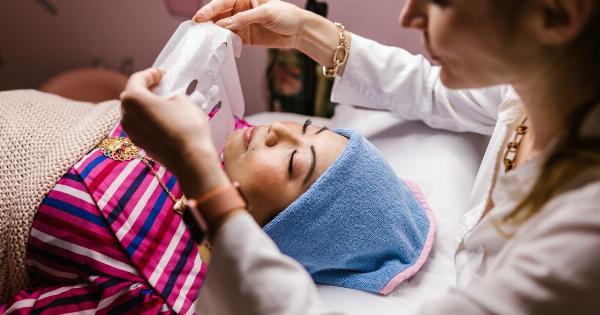Vaginal washings, also known as vaginal douching, have gained popularity in recent years as a method to cleanse the vagina and maintain its hygiene.
However, what many individuals do not realize is that this practice may carry hidden risks and potentially harm the delicate balance of the vaginal ecosystem. In this article, we will explore the potential dangers associated with vaginal washings and why it is essential to approach vaginal hygiene with caution.
Understanding Vaginal Flora
The vagina has its own self-cleaning mechanism that is maintained by a delicate balance of microorganisms, collectively known as vaginal flora.
These microorganisms include beneficial bacteria, such as lactobacilli, which help maintain a low pH and prevent the growth of harmful bacteria and yeast. When this balance is disrupted, it can lead to various vaginal issues, including infections and discomfort.
Common Ingredients in Vaginal Washings
Vaginal washings often contain a variety of ingredients such as antiseptics, fragrances, and surfactants. While these ingredients may provide a temporary sensation of cleanliness, they can disrupt the natural pH and flora of the vagina.
Research suggests that douching can reduce the number of protective lactobacilli, making the vagina more susceptible to infections and inflammation.
Increased Risk of Infections
By altering the natural balance of the vaginal ecosystem, vaginal washings can increase the risk of various infections. Bacterial vaginosis (BV) is one of the most common conditions associated with douching.
BV occurs when there is an overgrowth of harmful bacteria in the vagina, leading to symptoms such as abnormal discharge and a foul odor.
Studies have also shown a potential link between douching and an increased risk of sexually transmitted infections (STIs).
The disturbance of the vaginal flora caused by douching can compromise the natural defense mechanisms, making it easier for STIs, including chlamydia and gonorrhea, to establish and thrive in the vagina.
Chronic Inflammation and Discomfort
Regular use of vaginal washings can disrupt the delicate vaginal tissues, leading to chronic inflammation and discomfort.
The ingredients present in these washings can irritate the sensitive mucous membranes of the vagina, causing itching, burning, and dryness.
In some cases, the use of scented vaginal washings can lead to allergic reactions, further exacerbating the discomfort. It is important to note that the vagina is self-cleaning and does not require external products to maintain its natural freshness.
Increased Risk of Pelvic Inflammatory Disease (PID)
Pelvic inflammatory disease (PID) is a serious infection of the reproductive organs that can cause long-term complications, including infertility.
Research suggests that women who douche regularly have a higher risk of developing PID compared to those who do not douche.
Douching introduces harmful bacteria into the vagina and can potentially push these bacteria up into the uterus and fallopian tubes, leading to an increased risk of PID.
It is crucial to prioritize safe and evidence-based methods of maintaining vaginal health to minimize the risk of such severe complications.
Pregnancy Complications
Using vaginal washings during pregnancy can be particularly risky. The altered vaginal ecosystem caused by douching can increase the risk of preterm birth, low birth weight, and other pregnancy complications.
Pregnant individuals should avoid using vaginal washings unless explicitly recommended by their healthcare provider.
Alternative Methods for Vaginal Hygiene
Instead of relying on potentially harmful vaginal washings, it is preferable to adopt alternative methods for maintaining vaginal hygiene. Here are some safe and effective practices:.
1. Gentle External Cleansing: Wash the external genital area with mild soap and warm water daily. Avoid using harsh soaps or strong cleansers, as they can disrupt the natural pH balance of the vagina.
2. Wear Breathable Fabrics: Choose underwear made of breathable fabrics, such as cotton, to promote airflow and decrease moisture and heat buildup in the vaginal area.
3. Optimal Menstrual Hygiene: Use appropriate menstrual hygiene products, such as tampons or sanitary pads, and change them regularly to prevent bacterial overgrowth and infections.
4. Safe Sexual Practices: Practice safe sex by using barrier methods, such as condoms, to reduce the risk of sexually transmitted infections that can impact vaginal health.
5. Regular Check-ups: Schedule regular gynecological check-ups to monitor your vaginal health and discuss any concerns with your healthcare provider.
Conclusion
Vaginal washings may seem like a quick solution for vaginal hygiene, but they carry hidden risks that can disrupt the natural balance of the vagina and potentially lead to infections and discomfort.
It is crucial to prioritize safe and evidence-based practices for maintaining vaginal health. By understanding the delicate nature of the vaginal ecosystem and adopting alternative methods, individuals can promote proper vaginal hygiene and reduce the risk of complications.





























